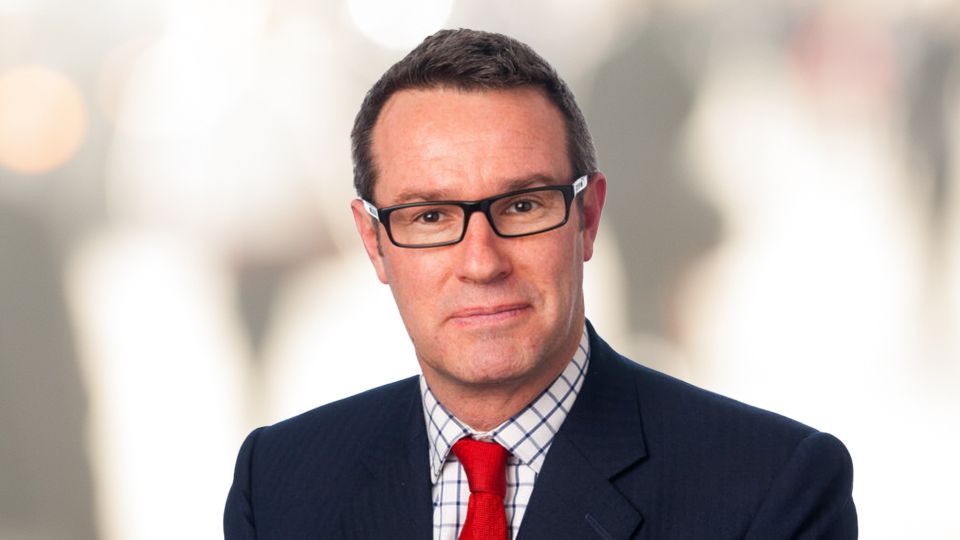With COP27 over and key commitments made by delegates from nearly 200 countries, all those concerned about the damaging impact caused by climate change will now turn their attention towards COP15.
The 15th Conference of the Parties to the UN Convention on Biological Diversity is just as important as what took place in Egypt. It is the latest meeting that will see nations come together to discuss the world’s biodiversity and ecosystems.
Part One took place virtually in October last year, delayed from 2020 after the pandemic derailed a planned in-person meeting in Kunming, China. The resultant ‘Kunming Declaration’ built the foundation for Part Two of the conference taking place in Montreal, Canada.
Much is expected of this session. Most notably, an agreement for biodiversity on a scale comparable to that achieved at Paris for limiting the impact of climate change. Should nations adopt the Post-2020 Global Biodiversity Framework (GBF) – described as “a global strategy for jointly safeguarding nature and securing our common future” – the conference will define the future of the world’s ecosystems.
COP15 is biodiversity’s line in the sand. It aims to bring biodiversity loss under control and to begin to reverse this worrying trend. The world’s biodiversity intactness is already estimated to be at around 75%, significantly below the 90% threshold that scientists believe to be safe.
Biodiversity is vital to our daily lives, as well as the health of the world’s ecosystems. Processes such as the nitrogen and carbon cycle are impossible without a variety of organisms existing and being involved at every stage, while ecosystem services such as pollination and flood prevention are inextricably linked with life on our planet.
Blended finance
What role might finance play as part of the solution to this systemic challenge to save nature?
Blended finance is likely to be instrumental in advancing natural capital solutions to halt biodiversity loss. A huge funding gap needs to be bridged: estimates from the Paulson Foundation and Nature Conservancy put this figure at around $700bn per annum.
Where national governments struggle to allocate the volume of capital required, innovative financing approaches that involve public capital being used to ‘crowd in’ private funding have proven instrumental in financing climate change mitigation and adaptation projects.
We’ve already seen this at work in the United States through The Forest Resilience Bond, developed by Blue Forest Conservation in California. Although it is only a small commitment, the bond is a $4.6m public-private partnership, with bridge financing from two different investment firms for the rehabilitation of 15,000 acres of forest land in the Tahoe National Forest.
The partnership is expected to support critical actions to reduce the risk of cataclysmic wildfires, while protecting water resources, averting carbon emissions, and creating rural jobs. It’s a model that can be replicated elsewhere.
Financing for nature is needed everywhere
So far, investors have shown the greatest appetite for blended finance in developed countries, where governments have sophisticated approaches to financing and capital markets are well-developed. Yet the urgency to finance natural capital solutions in nascent and emerging markets should not be overlooked.
We need solutions to encourage nature to survive and thrive in every country. That’s why it is so important to bring together representatives of 195 nations, to set ambitious targets and agree practical steps forward in the same way they did when the landmark Paris Agreement was struck.
For institutional investors, COP15 presents a unique opportunity to materially impact biodiversity restoration through blended finance. If the Post-2020 Global Biodiversity Framework is adopted next month, financial resources will be a central pillar required to implement it. We cannot afford to sit idly by as natural ecosystems fall further into collapse.
Blended finance cannot solve the entire conservation financing gap, but would at least address it in part. It can also be used to ensure actions have high integrity at both local and systemic levels and that we properly think through both impacts and dependencies.
With a lack of obvious investment options available, creative solutions are needed. Together, the public and financial sector should work to urgently bring them forward.








